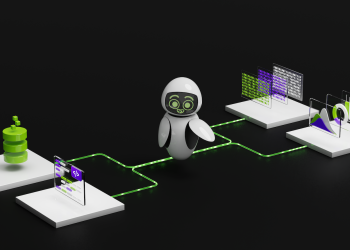AI Modellemesinde Yenilik: Diffusion Forcing Metodu
Yapay zeka dünyasında, sıra modelleri verileri analiz etme ve bir sonraki adımı tahmin etme yetenekleriyle popülerlik kazanmıştır. MIT Bilgisayar Bilimi ve Yapay Zeka Laboratuvarı (CSAIL) araştırmacıları, sıra modeli eğitim tekniği olan “Diffusion Forcing” yöntemini geliştirdi.
Diffusion Forcing Nedir?
Diffusion Forcing, sıra modelleri ve öğretme zorlama arasında ortak bir nokta bulur. Yapay sinir ağlarını temiz bir diziye dönüştürmek için farklı seviyelerde gürültü ekler ve aynı anda birkaç sonraki token’i tahmin eder. Bu esnek ve güvenilir sıra modeli, daha yüksek kaliteli yapay videolar ve robotlar için daha kesin karar verme sağlar.
Diffusion Forcing’in Uygulamaları
Diffusion Forcing, yanıltıcı verileri yok sayarak görevleri yerine getirmede yardımcı olabilir ve gelecekteki adımları öngörebilir. Robot kollarında uygulandığında, Diffusion Forcing, robotun belirli noktalara nesneleri yerleştirmesine yardımcı olabilir.
Gelecek İçin Potansiyel
Diffusion Forcing’in esnekliği sayesinde, robotlar için etkili bir planlayıcı olabilir ve yeni görevleri çözmelerine yardımcı olabilir. Bu yöntem, simülasyonlar oluşturarak robotlara çevrelerine göre neler yapmaları gerektiğini hayal etmelerine izin verebilir.
Ek olarak, Diffusion Forcing, video üretiminde ve robot görevlerinde güçlü bir temel olabilir. Araştırmacılar, bu yöntemi büyük veri kümeleri ve en son transformer modelleriyle ölçeklendirmeyi ve performanslarını artırmayı hedefliyor.









